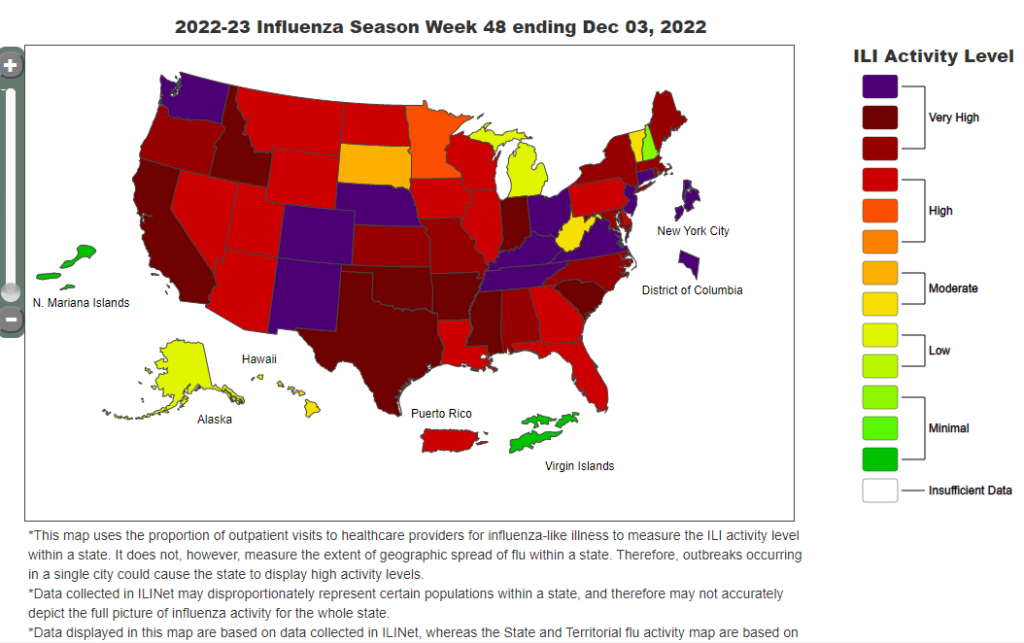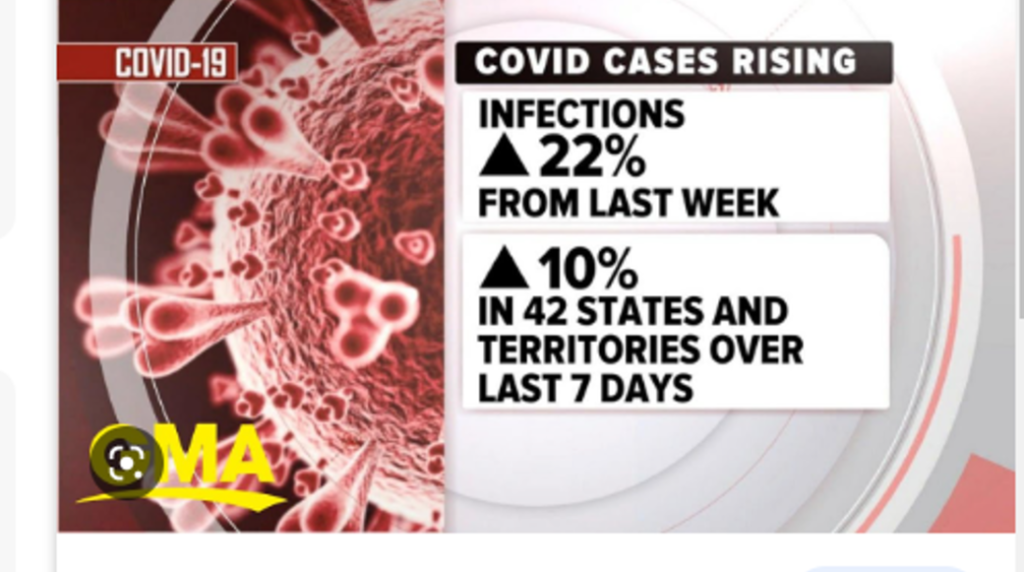WASHINGTON — COVID no longer plays the dominant role that it once did in most of our lives. But the risk of COVID — and other viruses — persists. This winter, experts expect cases, hospitalizations and deaths from viral diseases to rise once again.
The increase may have already begun. COVID cases, hospitalizations and deaths are up over the past two weeks. The upswing resembles the trend we have seen in recent years after Thanksgiving, typically continuing through the holiday season and into the following year. (Check case counts in your area with The New York Times’s tracker.)
The U.S. Virgin Islands is averaging 12 new COVID cases per day (per 100,000 people), according to the New York Times’s tracker. By contrast, the United States mainland is averaging 20 new cases per day (per 100,000 people), New York state is averaging 44 new cases per day and Puerto Rico is averaging 40 new cases per day.

Meanwhile, the Centers for Disease Control and Prevention say that the risk of flu in Puerto Rico this holiday season is “high,” while the risk of contracting the flu in the U.S. Virgin Islands is “minimal.” By contrast, the risk of contracting the flu in New York or Washington D.C. is “very high.”
“Hospitalizations for flu continue to be the highest we have seen at this time of year in a decade,” the agency’s director, Rochelle Walensky, said last week.
Cases and hospitalizations from R.S.V., which typically causes cold-like symptoms but sometimes can be more serious, also spiked earlier this fall. But they seem to have already peaked.
The infectious disease climate in the U.S. right now is not a picture of Covid’s going away, but of its falling in line alongside other endemic respiratory illnesses in the fall and winter. In some years, Covid could be the worst of the bunch. In others, the flu or R.S.V. could be. “This is the reality that we’ll be living with moving forward,” said Dr. Céline Gounder, a senior fellow at the Kaiser Family Foundation.
[wpedon id=23995]



